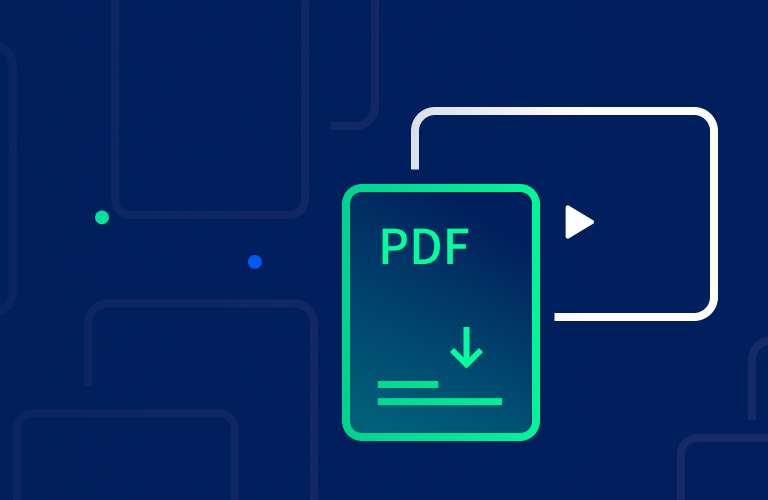De Novo Design of Binder
Introduction to designing high affinity short peptide services from scratch
1 Product Overview
This product is based on advanced de novo design technology and utilizes the RFdiffusion diffusion model. By precisely scaffolded and optimized structural design of functional fragments of proteins, it rapidly generates short peptides with high affinity binding capabilities. The RFdiffusion technology leverages a diffusion process driven by deep learning, which can gradually generate high-precision protein or short peptide structures with specific functions from random starting structures. This process does not rely on natural templates, significantly enhancing the flexibility and innovation of the design. The technology is widely applied in fields such as targeted therapy drug development, antibody design, enzyme active site optimization, and metal-binding site design. Compared to traditional design methods, RFdiffusion offers significant advantages: First, efficiency—high-affinity binding short peptides can be directly obtained without relying on high-throughput screening, greatly shortening the design cycle. Second, accuracy—through iterative denoising and self-conditioning mechanisms, it ensures high accuracy in side-chain placement and overall structure prediction. Third, customization—it can flexibly design and output short peptide sequences and structures that meet specific requirements based on target sites, binding locations, or functional needs, fully meeting the demands of different research scenarios.
2 Product Screening Workflow
2.1 Requirements Analysis and Function Definition
In the initial phase, we engage in in-depth communication with the client to clarify project requirements, obtaining key information such as the target protein sequence, functional sites, and binding targets. By defining the specific requirements for high-affinity binding, we provide precise input parameters for subsequent design.
2.2 Structural Design and Generation
Using the RFdiffusion diffusion model, we start with randomized protein coordinates and residue structures, progressively generating 50 short peptide structures that meet the target function through an iterative denoising process. The entire process involves the following steps:
1) In each iteration, the model predicts and updates the structure, gradually optimizing the coordinates and orientation of residues until the desired protein backbone is generated.
2) To ensure the functional goals are achieved, constraints such as binding sites, symmetry, or specific functional motifs can be added during the design process as needed.
2.3 Sequence Optimization and Prediction Validation
Once the backbone structure is designed, sequence design tools such as ProteinMPNN are used to optimize the amino acid sequence of the short peptides to fit the generated structural framework. Subsequently, protein structure prediction models like AlphaFold 3 are used to validate the design results, ensuring that the sequence folds correctly and binds with high affinity to the target molecule.
2.4 Affinity Evaluation
Using the HDOCK molecular docking tool, the binding energy of all generated short peptides with the target protein is quantified. The selected short peptides and target protein complexes are then subjected to structural prediction and evaluation using AlphaFold technology to analyze the stability and specificity of the binding.
3 Deliverables
1 | 3D structural model of the target protein, along with modeling scores |
2 | 50 binding short peptide sequences and corresponding PDB files generated based on the target protein |
3 | HDock docking raw data for the target protein with all binding short peptides |
4 | AlphaFold 3 evaluation raw data for the target protein with the Top 20 binding short peptides |
5 | Full data Excel sheet and project service report |



